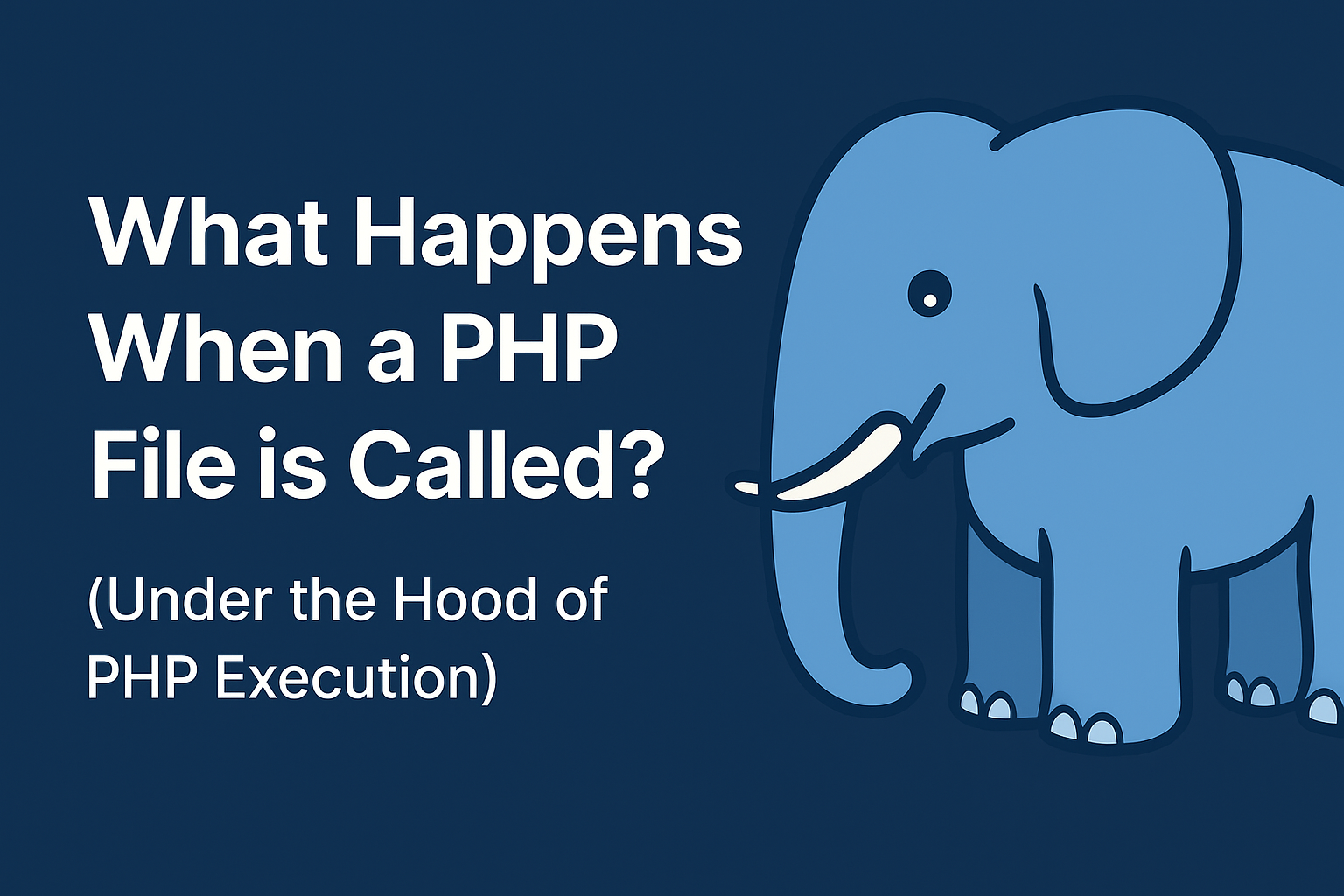Database performance is often the most critical factor in application speed and user experience. Inefficient database queries can cause significant slowdowns, especially as your application scales.
In this article, we'll explore practical strategies to optimize your database operations and significantly improve your application's performance.
Indexing: The Foundation of Database Performance
Proper indexing is perhaps the single most important factor in database performance. Without appropriate indexes, databases must scan entire tables to find the requested data.
Key Indexing Principles:
- Index columns that are frequently used in WHERE clauses
- Index columns used for joining tables
- Be cautious with over-indexing, as it can slow down write operations
- Consider composite indexes for queries that filter on multiple columns
-- Example of creating an index in MySQL
CREATE INDEX idx_user_email ON users(email);Query Optimization
Even with proper indexing, poorly written queries can still perform badly. Here are techniques to optimize your queries:
1. Select Only What You Need
Avoid using SELECT * and instead specify only the columns you actually need:
-- Instead of this
SELECT * FROM users;
-- Do this
SELECT id, name, email FROM users;2. Use EXPLAIN to Analyze Queries
Most databases provide an EXPLAIN command that shows how queries are executed:
EXPLAIN SELECT * FROM users WHERE email = 'user@example.com';
3. Optimize JOINs
Joins can be expensive, especially when dealing with large tables:
- Ensure joined columns are indexed
- Consider denormalizing data for read-heavy operations
- Use appropriate join types (INNER, LEFT, etc.)
Caching Strategies
Implementing caching can dramatically reduce database load:
1. Result Caching
Cache the results of expensive queries using Redis or Memcached:
// Pseudocode example
$cacheKey = 'user_posts_' . $userId;
$posts = cache()->remember($cacheKey, 3600, function() use ($userId) {
return DB::table('posts')->where('user_id', $userId)->get();
});2. Query Caching
Some databases offer built-in query caching capabilities that can be enabled.
3. Object Caching
Cache entire objects or entities after they're assembled.
Database Design Considerations
Sometimes, optimization requires revisiting your database design:
- Normalization vs. Denormalization: While normalization reduces redundancy, strategic denormalization can improve read performance
- Table Partitioning: For very large tables, partitioning can improve query performance
- Consider NoSQL: For certain data patterns, a NoSQL database might be more efficient
Monitoring and Continuous Optimization
Database optimization is an ongoing process:
- Set up monitoring for slow queries
- Regularly review and update indexes based on changing query patterns
- Consider using tools like New Relic or DataDog for database performance monitoring
Conclusion
Optimizing database performance requires a multi-faceted approach including proper indexing, query optimization, caching, and sometimes database redesign. By implementing these strategies, you can significantly improve your application's performance and provide a better user experience, especially as your application scales.



Comments
Leave a Comment
No comments yet. Be the first to comment!